Today we will use Levels to bring out the values in the clouds.
Tuesday, February 27, 2018
Friday, February 23, 2018
Adjustment layers - Desaturate-Levels Assignment - Post to Your Blog
Change a color photo to black and white
Open a photograph you have taken
Using the Hue-Saturation Adjustment layer, convert the picture to black and white.
Post the original and De-Saturated (black and White) to your blog.

Original Color

Desaturated

Adjusted Levels

Histogram
Open a photograph you have taken
Using the Hue-Saturation Adjustment layer, convert the picture to black and white.
Post the original and De-Saturated (black and White) to your blog.

Original Color

Desaturated

Adjusted Levels
Histogram
Wednesday, February 21, 2018
Photography Ethics - Altered Images
You are about to begin using Photoshop in this class. This software allows you to completely change a photograph from its original version.
What is ethical when taking pictures and using Photoshop? How much can we alter a picture and still call it true, honest photography that represents the situation we took a picture of?
Here is a statement of Photography Ethics from a website. Read over it. You will refer to these policies in your answers.
1.Autonomy - In what way can I show respect for a person's right to decline or consent to photography? How do I handle informed consent?
Now look at this site. Find 3 examples that make an impression on you.
http://www.alteredimagesbdc.org
In a brief paragraph for each picture., explain why the pictures are not 'Ethical". Use the Ethics website and the 5 Principles above to guide you.
What is ethical when taking pictures and using Photoshop? How much can we alter a picture and still call it true, honest photography that represents the situation we took a picture of?
Here is a statement of Photography Ethics from a website. Read over it. You will refer to these policies in your answers.
1.Autonomy - In what way can I show respect for a person's right to decline or consent to photography? How do I handle informed consent?
Now look at this site. Find 3 examples that make an impression on you.
http://www.alteredimagesbdc.org
In a brief paragraph for each picture., explain why the pictures are not 'Ethical". Use the Ethics website and the 5 Principles above to guide you.
Catch-Up Day
Check your grades and make sure you are caught up with all of your projects.
if you want to improve your grade then ask me what you can do to improve.
if you want to improve your grade then ask me what you can do to improve.
Monday, February 19, 2018
AP Images Critique
Today you will choose a photo from AP Images to critique. Follow the example below to do your critique.
1. Copy the Image (or use the Snipping tool) to upload the photo to your blog.
2. Add the link from the AP site to your blog.
3. Paste the description of the photo from the AP site to your blog.
Description: Ultra-Orthodox Jewish men pray ahead of the Jewish New Year at the Western Wall, the holiest site where Jews can pray in Jerusalem's old city, Wednesday, Sept. 4, 2013. Israelis happily welcomed the Jewish New Year late Wednesday despite uncertainty and turmoil brewing on both its northern and southern borders. (AP Photo/Sebastian Scheiner)
4. Answer the following:
5. Write a Critique. Use the Critique Guide in the link above.
1. Copy the Image (or use the Snipping tool) to upload the photo to your blog.
2. Add the link from the AP site to your blog.
3. Paste the description of the photo from the AP site to your blog.
Description: Ultra-Orthodox Jewish men pray ahead of the Jewish New Year at the Western Wall, the holiest site where Jews can pray in Jerusalem's old city, Wednesday, Sept. 4, 2013. Israelis happily welcomed the Jewish New Year late Wednesday despite uncertainty and turmoil brewing on both its northern and southern borders. (AP Photo/Sebastian Scheiner)
4. Answer the following:
- Who was the photographer?
- What country and city was the photo taken in?
- What event was photographed?
- Describe the event that was photographed.
- Why is the event newsworthy? Why is it important to us?
5. Write a Critique. Use the Critique Guide in the link above.
Tuesday, February 13, 2018
Principles of Design in Photography
Examples of Design Principles in Photography
Texture - Take a Close-up pic to capture rough, smooth, cracked, bumpy, etc
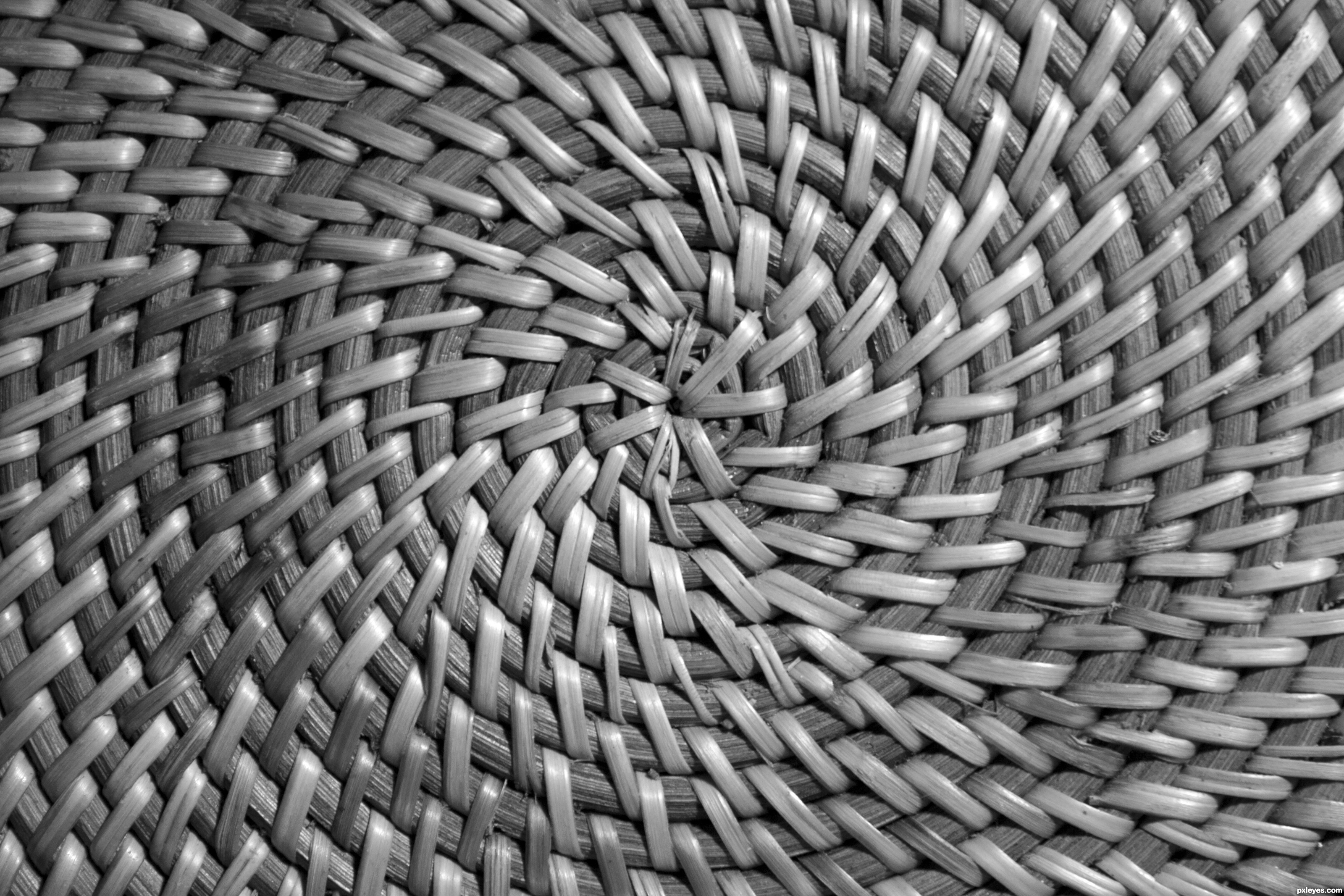

Variety - Take a picture with an interesting/different mix of objects

Unity/Harmony - Take a picture with a group of similar objects or values

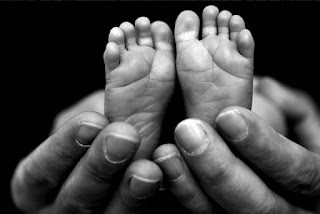

Repetition - Rythm
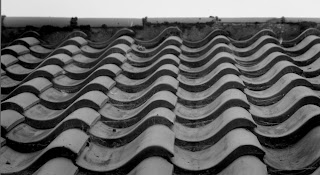

Proportion - Scale - Use differences in size to create a composition
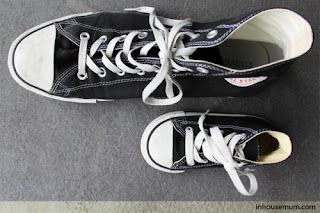


Emphasis - Focal point - Use Shallow depth of Field

Movement - Use Freeze Action or Motion Blur


Balance - Symmetrical and Asymmetrical


Texture - Take a Close-up pic to capture rough, smooth, cracked, bumpy, etc


Variety - Take a picture with an interesting/different mix of objects
Unity/Harmony - Take a picture with a group of similar objects or values



Repetition - Rythm

Proportion - Scale - Use differences in size to create a composition



Emphasis - Focal point - Use Shallow depth of Field

Movement - Use Freeze Action or Motion Blur


Balance - Symmetrical and Asymmetrical


Thursday, February 8, 2018
Using Different Perspectives and Leading Lines in Photography
Today we will talk about Perspective.
When taking pictures, don't just shoot at Eye level. Take a look at the examples at the site below.
Capture 2 Images of each of the following perspectives and post them to your blog:
Birds eye Perspective
Bugs eye
Eye Level
Horizontal Leading Lines
Vertical
Diagonal
Curves
Combination of 2 of the various perspectives.Curves
Make sure to label each picture.
Tuesday, February 6, 2018
Composing a photograph using the Rule of Thirds
Today you will take pictures using the Rule of Thirds. You will need to post 6 examples of the Rule of Thirds to your blog. For each example write an explanation of how the rule of thirds was used in each picture.
The rule of thirds is probably the most often referenced photography rule of composition. It is all about subject placement within the frame.
Imagine that your picture space is divided into thirds both horizontally and vertically, like a tic tac toe grid.
Here is a good example of what your post should look like. Repeat this for 6 photos, plus one that BREAKS the Rule of Thirds.
The rule of thirds is probably the most often referenced photography rule of composition. It is all about subject placement within the frame.
Imagine that your picture space is divided into thirds both horizontally and vertically, like a tic tac toe grid.

The photography rule of thirds tells us to align our subject with one of the points where those lines cross. That means our subject is one third of the way “into” the picture space – from either the top or bottom, and from either the left or right. And that means it’s not in the middle.
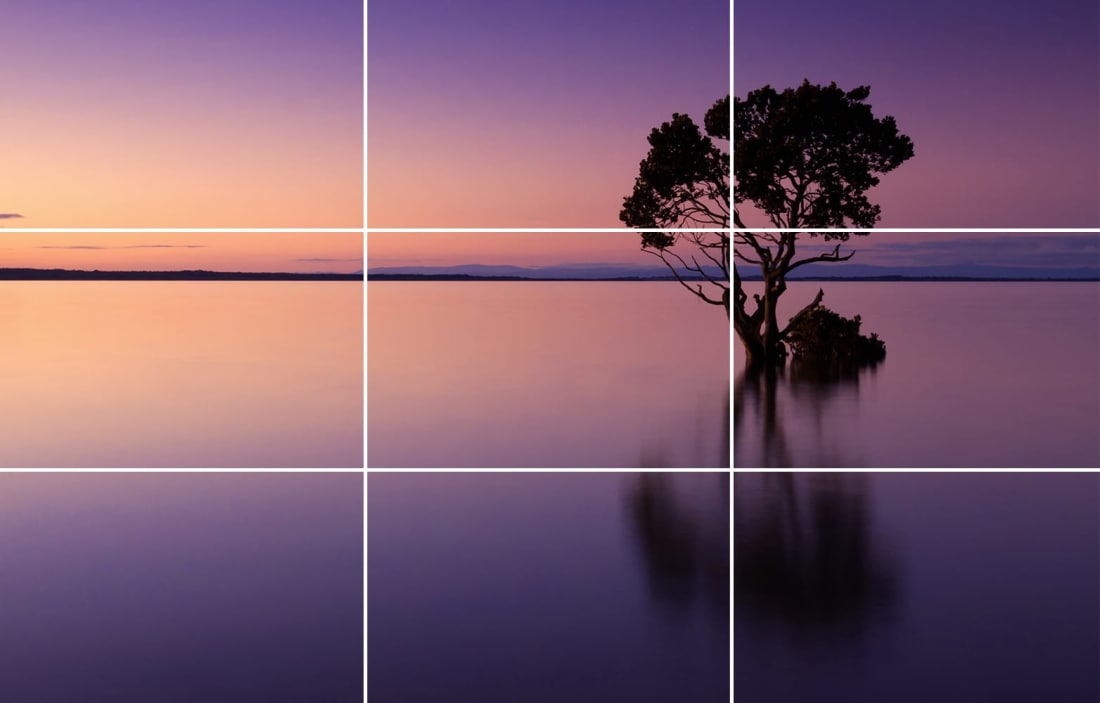
Here is an example of the rule of thirds for a landscape photo. The Focal Point, or Emphasis is on the tree and the bottom two-thirds of the photograph are composed of the lake and the top third is sky.
Here are additional links explaining and demonstrating the Rule of thirds.
http://digital-photography-school.com/rule-of-thirds
http://learnprophotography.com/rule-of-thirds
http://www.ultimate-photo-tips.com/photography-rule-of-thirds.html
Thursday, February 1, 2018
Aperture-Depth of Field Excercise - Post to your Blog
Today you will experiment with capturing both shallow and deep Depth of Field.
Post your examples to your blog demonstrating both shallow and extended Depth of Field.
You should have 2 examples of both deep and shallow depth of Field.
follow the format below for each picture:
This pic was shot at ISO 400, Shutter Speed 1/125, aperture f5.6.
The DoF is very shallow:
This pic was shot at ISO 1600, Shutter Speed 1/60, Aperture f32.
it has an extended Depth of Field.
Post your examples to your blog demonstrating both shallow and extended Depth of Field.
You should have 2 examples of both deep and shallow depth of Field.
follow the format below for each picture:
This pic was shot at ISO 400, Shutter Speed 1/125, aperture f5.6.
The DoF is very shallow:
This pic was shot at ISO 1600, Shutter Speed 1/60, Aperture f32.
it has an extended Depth of Field.
Subscribe to:
Comments (Atom)
Create Your Blog
Today we will each use blogger to create our own blog for this class. You will upload projects and document your progress as you work throu...
-
Today you will take pictures using the Rule of Thirds. You will need to post 6 examples of the Rule of Thirds to your blog. For each exampl...
-
Today we will discuss the Burning and Dodging tools in photoshop. i will give a demonstration in class but there is a great tutorial here ...
-
Aperture is the opening in the lens that controls the AMOUNT of light that you allow to enter the camera. It is measured in a thing we ca...



